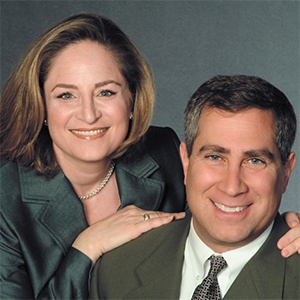Health Insurance Benefits: Navigating Health Savings Accounts and Flexible Spending Accounts
Published in BenefitsWise
Health Savings Accounts (HSAs) and Flexible Spending Accounts (FSAs) are financial tools that allow individuals to set aside pre-tax dollars for medical expenses, offering substantial savings and financial flexibility. Understanding the nuances of eligibility, contribution limits, qualified medical expenses, rollover, and withdrawal rules is essential for maximizing the benefits of these accounts.
To be eligible for an HSA, an individual must be enrolled in a high-deductible health plan (HDHP). Contribution limits for HSAs in 2022 are $3,650 for individuals and $7,300 for families, with an additional $1,000 catch-up contribution allowed for those 55 or older. FSAs are typically offered through employers, and any employee is generally eligible to participate. The contribution limit for FSAs is $2,750 per year.
HSAs and FSAs can be used to cover a wide range of qualified medical expenses including prescriptions, doctor's office visits, dental care, vision care, and mental health services. However, they cannot be used for over-the-counter medicines without a prescription, insurance premiums, or cosmetic procedures.
One key difference between HSAs and FSAs is the rollover and withdrawal rules. HSAs offer more flexibility, allowing unused funds to roll over indefinitely, and the account can even be invested, growing tax-free as long as it is used for qualified medical expenses. Moreover, HSA funds can be withdrawn for non-medical expenses without penalty after age 65, but such withdrawals are subject to income tax.
Conversely, FSAs have a use-it-or-lose-it rule where unused funds are typically forfeited at the end of the plan year, though some employers may offer a grace period or allow a limited amount to be carried over to the next year. However, unlike HSAs, FSAs are not portable and cannot be taken along if the employee changes jobs or retires.
Given these distinctions, individuals should consider their current health expenses, future medical needs, and financial situation when deciding whether to opt for an HSA or FSA. The tax advantages, rollover flexibility, and potential for investment growth make HSAs a suitable choice for many, especially those with high deductibles and those planning for future medical expenses. Meanwhile, FSAs may be a better option for those with predictable, immediate medical costs who can maximize the use of their funds within the plan year.
In conclusion, Health Savings Accounts and Flexible Spending Accounts are powerful tools in managing health-related expenses by providing tax advantages and financial flexibility. By understanding the eligibility criteria, contribution limits, permissible expenses, and the rollover and withdrawal rules associated with HSAs and FSAs, individuals can make informed decisions to select the account that aligns best with their medical and financial needs.
Note: These articles are not a substitute for professional financial or legal advice. Always consult professionals for your specific needs.
This article was generated by Open AI with human guidance and editing along the way.





























Comments